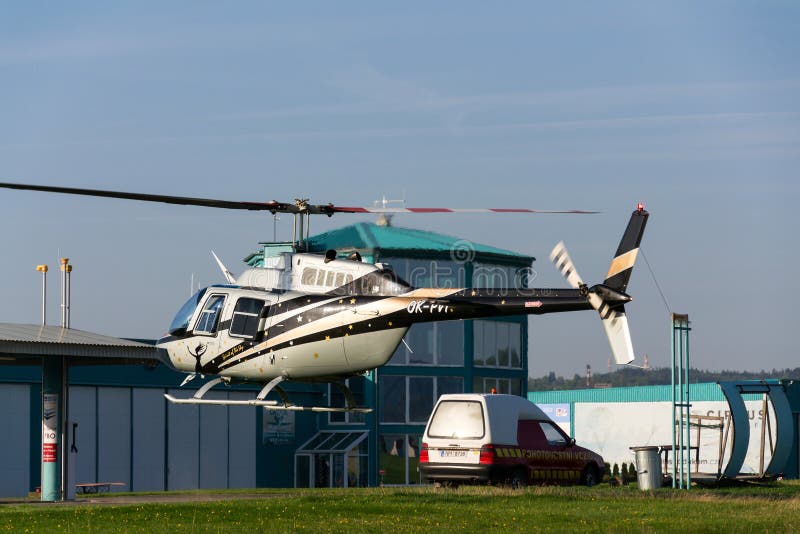


Reduced noise is the main advantage of the configuration some of the loud "spanking" sound associated with conventional helicopters arises from interaction between the airflows from the main and tail rotors, which in some designs can be severe. As a blade moves away from the direction of flight, the speed of the airflow over the rotor blade is reduced by an amount equal to the forward speed of the aircraft, reaching its maximum effect when the rotor blade is again perpendicular to the relative wind.Ĭoaxial rotors avoid the effects of dissymmetry of lift through the use of two rotors turning in opposite directions, causing blades to advance on either side at the same time.Īnother benefit arising from a coaxial design includes increased payload for the same engine power a tail rotor typically wastes some of the available engine power that would be fully devoted to lift and thrust with a coaxial design. At the same time, a rotor blade in the retreating half produces less lift. As a blade moves toward the direction of flight, the forward motion of the aircraft increases the speed of the air flowing around the blade until it reaches a maximum when the blade is perpendicular to the relative wind. A rotor blade produces more lift in the advancing half. When viewed from above, the rotor blades move in the direction of flight for half of the rotation (advancing half), and then move in the opposite direction for the remainder of the rotation (retreating half). Rotor blades provide lift proportional to the amount of air flowing over them. Main article: Dissymmetry of lift A Ka-32 coaxial rotor animationĭissymmetry of lift is an aerodynamic phenomenon caused by the rotation of a helicopter's rotors in forward flight. This causes a controlled dissymmetry of torque. Rotational maneuvering, yaw control, is accomplished by increasing the collective pitch of one rotor and decreasing the collective pitch on the other. The opposite torques from the rotors cancel each other out. In single rotor helicopters, the antitorque rotor or tail rotor counteracts the main rotor torque and controls the fuselage rotation.Ĭoaxial rotors solve the problem of main rotor torque by turning each set of rotors in opposite directions. This torque causes the fuselage to rotate in the direction opposite to the rotor blades. One of the problems with any single set of rotor blades is the torque (rotational force) exerted on the helicopter fuselage in the direction opposite to the rotor blades. Common alternatives are single-rotor helicopters or tandem rotor arrangements. Because of the mechanical complexity, many helicopter designs use alternate configurations to avoid problems that arise when only one main rotor is used. Having two coaxial sets of rotors provides symmetry of forces around the central axis for lifting the vehicle and laterally when flying in any direction. Sumner during a deployment to Vietnam, 1967 Two pioneering helicopters, the Corradino D'Ascanio-built "D'AT3" of 1930, and the generally more successful French mid-1930s Gyroplane Laboratoire, both used coaxial rotor systems for flight.ĭesign considerations A QH-50 on board the USS Allen M. From this point, coaxial helicopters developed into fully operational machines as we know them today. In 1859, the British Patent Office awarded the first helicopter patent to Henry Bright for his coaxial design. He had developed a small helicopter model with coaxial rotors in July 1754 and demonstrated it to the Russian Academy of Sciences. The idea of coaxial rotors originates with Mikhail Lomonosov. This rotor configuration is a feature of helicopters produced by the Russian Kamov helicopter design bureau. ( July 2023)Ī coaxial-rotor aircraft is an aircraft whose rotors are mounted one above the other on concentric shafts, with the same axis of rotation, but turning in opposite directions ( contra-rotating). Please consider expanding the lead to provide an accessible overview of all important aspects of the article. This article's lead section may be too short to adequately summarize the key points.


 0 kommentar(er)
0 kommentar(er)
